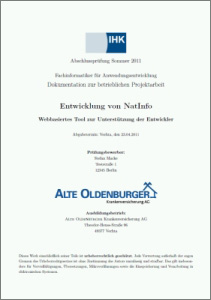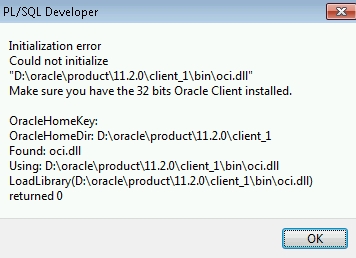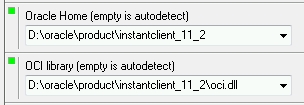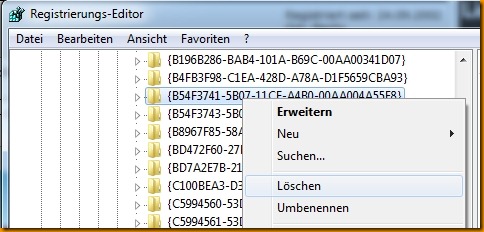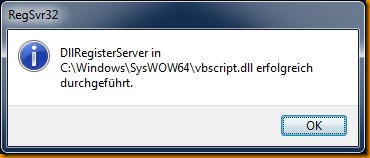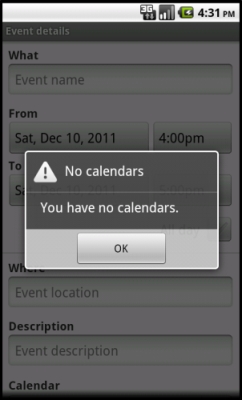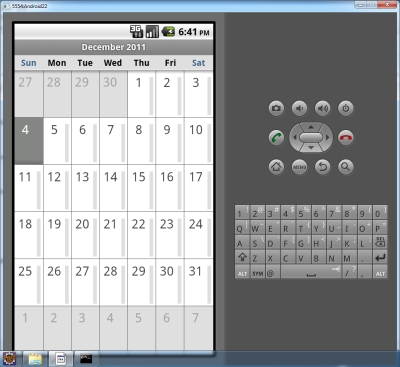When you try to iterate over an empty array in VBA like this, you will get a runtime error (index out of bounds):
Sub ArrayTest()
Dim testarray() As Integer
Dim i As Integer
For i = LBound(testarray) To UBound(testarray) ' <-- error
Debug.Print testarray(i)
Next i
End Sub
Even if you check the return value of LBounds like this, it results in the same error:
Sub ArrayTest()
Dim testarray() As Integer
Dim i As Integer
If LBound(testarray) > 1 Then ' <-- error
For i = LBound(testarray) To UBound(testarray)
Debug.Print testarray(i)
Next i
End If
End Sub
However, to get rid of the error and to iterate over a possibly empty array, the following code works:
Sub ArrayTest()
Dim testarray() As Integer
Dim i As Integer
On Error Resume Next
If LBound(testarray) > 1 Then
If Err.Number = 0 Then
For i = LBound(testarray) To UBound(testarray)
Debug.Print testarray(i)
Next i
End If
End If
End Sub
Visual Basic magic 😉






